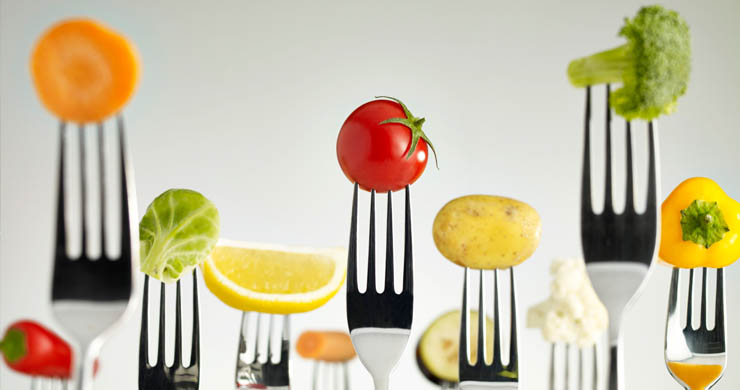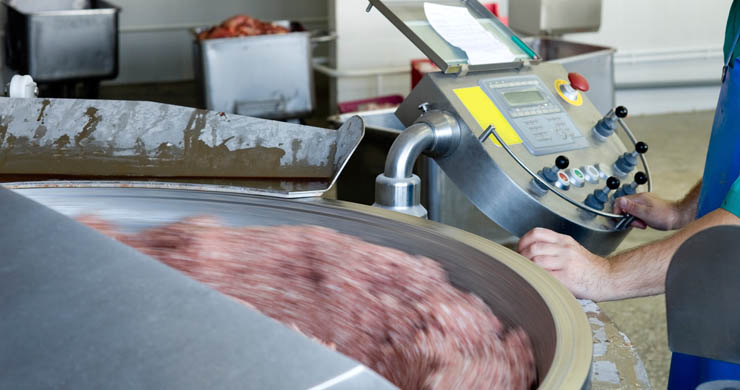Food: Origin Stories
Where does our food come from?
In the first article in this term’s issue we looked at the recent horsemeat scandal and found out about the food supply chains that bring some of food to our shops and plates.
In this article we will concentrate on the origin of the food that we eat; the different types of farming in the UK and how some ingredients in our food are made.
Farming in the UK
In simplest terms, there are two main types of farming in the UK: arable and pastoral.
Arable farming means growing crops like wheat, rapeseed and corn
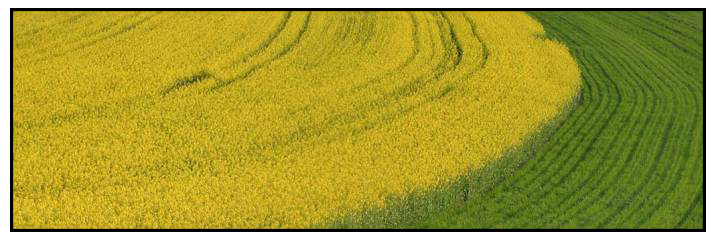
A field of rapeseed which is often used to make oil for cooking
Pastoral farming means rearing livestock like cattle, pigs and chickens
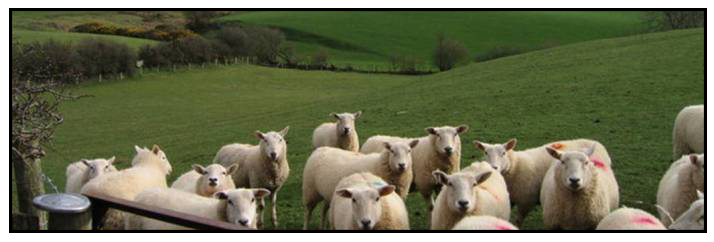
Sheep at Ty Newydd Farm near Aberystwyth
There are other types of farming which are more specialised. Examples of these are:
Orchardry – growing fruit for trees i.e. apples and pears

Aquaculture – rearing fish, shellfish or algae in tanks and cages
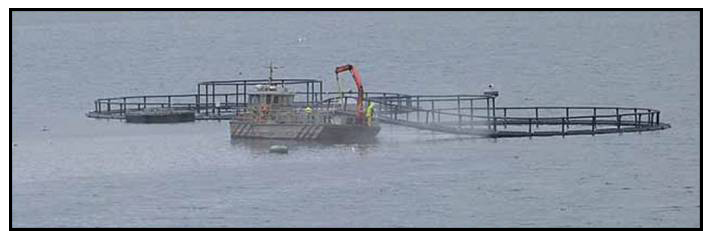
Apiculture/Apiary – keeping bees for their honey
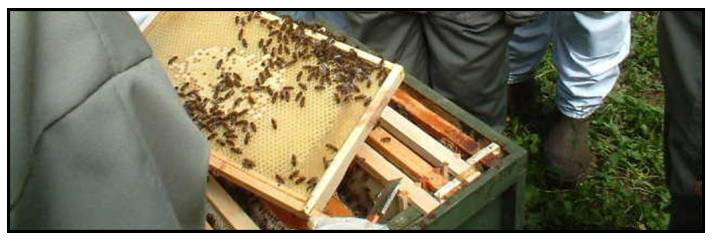
Do you know of other types of farming in the UK? If you do, keep them in mind for the classroom activity at the end of this article.
Brain box...
Does cheese grow on trees?
Does that seem like a strange question to ask? Surely everyone knows where cheese comes from?
Well, it turns out that, according to a recent survey, nearly one third of primary school children think that cheese comes from plants!
Fish fingers caused a problem too, with around one fifth of primary school children thinking that they are made of chicken.

Not only that - more than one in ten secondary school children didn’t know that eggs come from chickens, and some of them thought that eggs come from cows!
Animal, vegetable or mineral?
How much do you know about the food that you eat? You’ll get a chance to find out with our quiz in the next article, but first we will look at some of Britain’s most popular ingredients...

Tea
There’s nothing like a cup of tea, and people in Wales and the rest of the UK can’t get enough of it! So where does it come from?

Tea is made from the leaves of a small bush. Tea drinking started in China and it is now grown in many countries with tropical or sub-tropical climates
Most of the tea we drink in the UK is a mixture of leaves from India, Kenya and Sri Lanka. For a truly British cup of tea you can even buy leaves from a tea growing company in Cornwall. A company in Pembrokeshire is aiming to join the homegrown tea business in the next few years.
Bacon & Bread
Another staple of British food in the bacon sandwich (or bacon butty in Wales). So where do the bacon and bread come from?
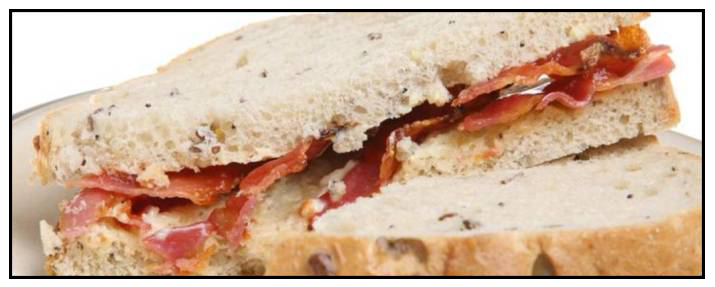
Bacon is a meat product and comes from pigs. The meat is cut into thin slices then cured (preserved) with salt and then dried or smoked before it is ready to cook.
Bread in its most basic form is made using flour and water. Grains like wheat and barley have been used to make bread since the Stone Age.
Bread is eaten all over the world and is a staple – a food eaten most days by most people – in Europe, Africa, the Middle East and the Americas.
Basil
It may not sound like one of Britain’s favourite foods, but it is a key ingredient in lots of pasta sauces. Pasta dishes like spaghetti bolognese are really popular in the UK, so we eat plenty of basil every year.
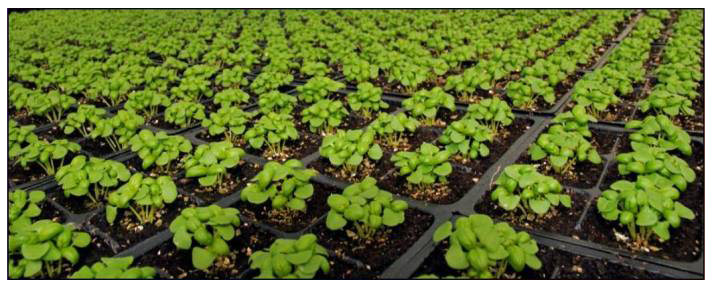
Basil is a herb – a plant used to flavour food. It is a small and leafy and is grown in many parts of the world. It can also be grown in greenhouses here in Britain.
Monosodium Glutamate
Another mystery ingredient, monosodium glutamate (MSG for short) is a type of salt. All living things have some MSG in their cells. Some foods eaten in Asia like kelp (seaweed) and shellfish contain a lot of it.
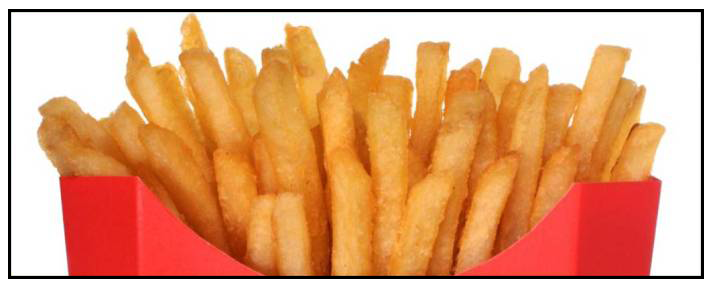
MSG is eaten in Britain because it is used to flavour savoury foods like Marmite and fast food. Soy sauce, which is used a lot in Chinese cooking, is also rich in glutamate. It makes food very tasty and dishes with high-levels of MSG can be hard to resist!
These days a lot of MSG is produced in factories using bacteria grown on sugar beet and molasses. It might make you think twice next time you are asked, “Do you want fries with that?”
The Origin of Our Food
Like the last story about the recent horsemeat scandal, this article aims to make us think about where our food comes from.
Globalisation and changes to the way we get our food have made the journey between the farm and our dinner table much more complicated.
Added to this, the eating habits of British people today are very different from the past and it seems that these changes are here to stay.
Pupil Activity
Working in groups of 2 or 3, choose one of your favourite foods and select one particular ingredient from it.
Find out:
-
How that ingredient is produced. Is it an animal, plant or even a mineral?
-
Where does it come from?
-
Does it need a particular:
-
temperature?
-
amount of rainfall?
-
type of soil?
-
Is it eaten elsewhere in the world, or just in the UK?
Prepare a short presentation about your chosen ingredient for the rest of the class. Be ready to answer some questions at the end.
